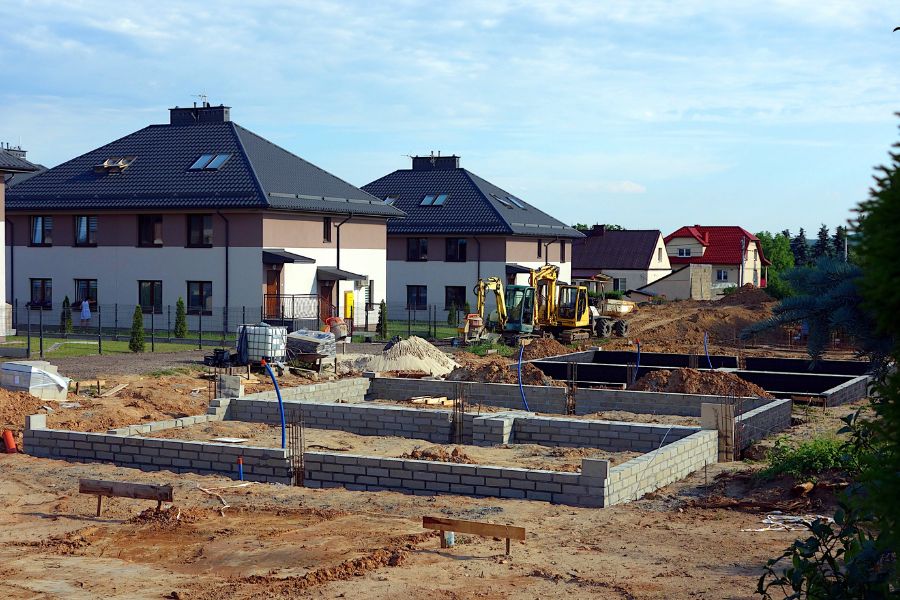Underpinning and basement lowering are two distinct processes that are used to reinforce the structural integrity of existing or new foundations. While they do have some overlap in terms of their purpose, their application and methodologies can be quite different.
What is Underpinning?
Underpinning is a process whereby an additional foundation is added beneath an existing one to provide support, stability and reinforcement. The underlying soil must first be assessed for its ability to bear the load of the additional foundation. If it is unable to provide this support, concrete piles or other reinforcement structures may need to be put in place.
Basement lowering, on the other hand, involves removing part of the foundation wall so as to expand a home’s living space. This process also requires an assessment of the soil beneath the structure along with various safety measures before any work begins; however, it does not involve adding another foundation or support structure like underpinning does.
How do I know when I need underpinning?
To ensure your home’s structural integrity over time, it is important to understand when best to employ underpinning and when basement lowering would meet your needs appropriately. Professional engineers who specialize in residential building projects should always be consulted before beginning construction. While both underpinning and basement lowering can offer benefits for homeowners with certain requirements, knowing which protocol should be employed in each instance will ensure that your home remains structurally sound for years to come.
There are also some critical considerations that must be taken into account prior to commencement of any underpinning project. First and foremost, it is important to ensure that the soil beneath the structure can bear the load of any additional weight. A professional should be consulted to evaluate the existing soil conditions in order to determine if any reinforcing measures should be taken before beginning construction. Additional safety protocols such as waterproofing and structural support elements need to be taken into account when structural modifications are made.
In addition, underpinning may require a building permit depending on local regulations in your area, so you will want to check with your local authorities beforehand in order to ensure you are compliant with any legal requirements. While not always necessary, permits are often required for projects involving major structural changes.
Finally, given the complexity of underpinning projects, it is highly recommended that you seek out experienced professionals who have extensive experience working with these types of structures. It is essential to understand that you are creating a permanent alteration to the structure of the home. As such, this should not be a DIY job, and professional contractors should always be consulted when undertaking such a huge task. By doing this, you can rest assured knowing your home is structurally sound and secure for years to come!
How much does an underpinning project cost?
The cost of underpinning projects will depend on various factors, such as the size of the area being worked on, local material costs, wages for labour, and any relevant permits or fees required by local authorities in order for construction to take place. As such, it is important to consider all aspects carefully before committing to a project, as costs can quickly add up if not managed correctly.
At its core, underpinning and basement lowering can offer huge advantages in terms of expanding living space while also providing additional structural support; however, there are significant differences between the two processes which must be understood before work begins. By seeking qualified professionals who specialize in residential engineering projects and following all relevant safety protocols prior to commencement, homeowners can maximize their chances of seeing their projects through successfully!
At IcyReno Waterproofing, you can count on us for basement underpinning done right. Contact us today to learn how we can help you begin your basement underpinning project!
